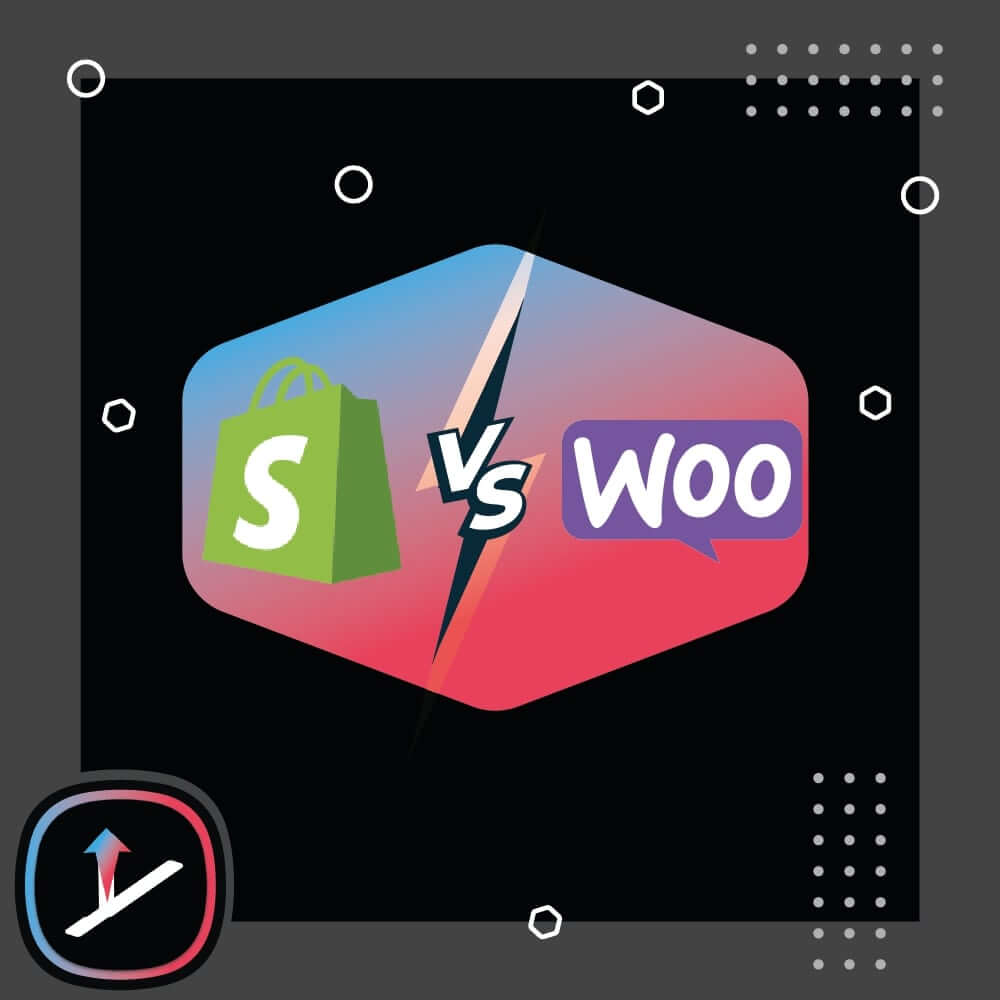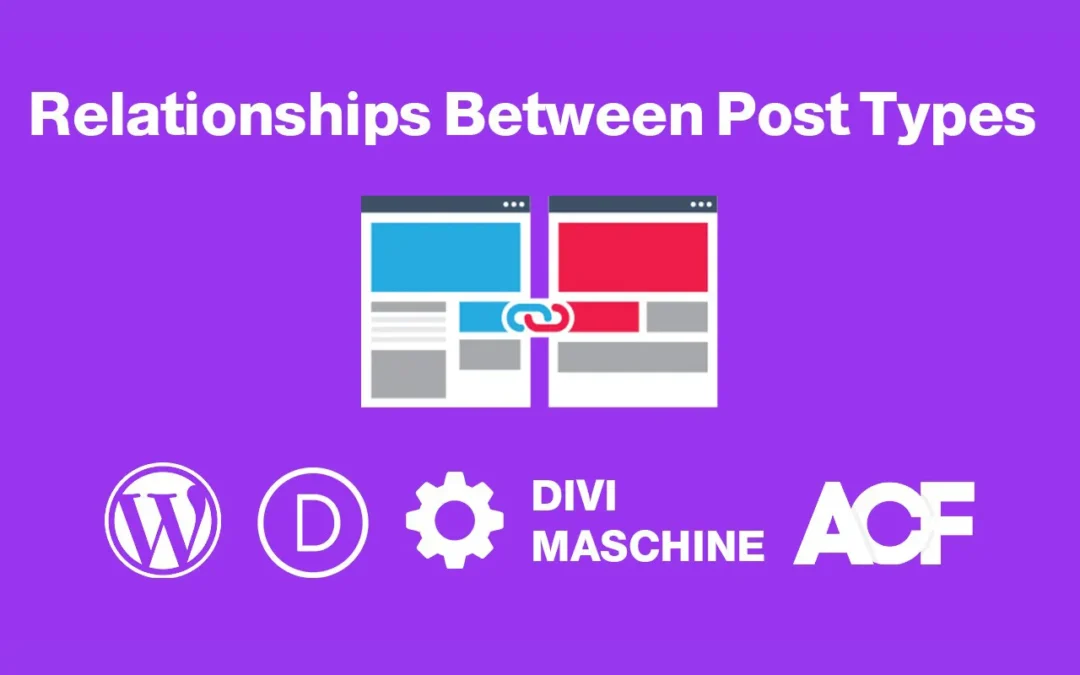Shopify vs WooCommerce
As the world undergoes a digital transformation, more people are becoming interested in electronic stores. Whether as entrepreneurs or as consumers, online stores offer many advantages such as ease of use, product display options, and the potential for increased profits. If you’re thinking of setting up an online store, you may be wondering about the differences between Shopify and WooCommerce, the two most popular platforms. In this article, we will explore the key differences between them to help you make an informed decision.
Difference between Shopify and WooCommerce and which is better?
Comparing Shopify and WooCommerce is crucial for those who want to create an online store. Choosing the right platform plays a significant role in the continuity and growth of your store. It’s important to know which one meets your specific needs, whether in terms of budget, control options, add-ons, or ease of use. Here’s what you need to know:
Comparison of Shopify and WooCommerce in terms of costs
When setting up an online store, it’s crucial to evaluate the cost of building and maintaining it, including the variable costs of additions, maintenance operations, and more. Shopify offers a monthly subscription system starting from $29 per month for the lowest package, and larger packages for $79 and $299 that differ in features. The domain name starts from $40. Add-ons are also paid for through the monthly subscription, and the template prices range from $100 to $300. Payment gateways have associated costs, and if you use Shopify’s payment gateway, you will pay 2.9% + 30 cents per transaction for the basic plan. If you use an external payment gateway, you will be forced to pay a fee of 2.0% for each transaction. WooCommerce is entirely free as it comes as a plugin to be installed on WordPress. However, you will need hosting, which can cost between $12 and $30 per month, and buying a domain name that typically costs around $35. WooCommerce offers both free and paid add-ons that are purchased for a one-time fee, and it also has thousands of free alternatives. Payment gateways only have payment gateway fees, and WooCommerce is not charged any commission. Overall, WooCommerce is much cheaper than Shopify, both in terms of start-up costs and plugins or payment gateways.
The difference between Shopify and WooCommerce in terms of ease of use
Most people who start building online stores don’t have enough technical expertise to create or customize the store. Therefore, it’s essential that the system on which the store is built is easy to set up and operate. WooCommerce is not a hosted system like Shopify, which means that it requires several steps to install it on the hosting and link it to the domain. It also requires installing templates, extensions, backups, securing the store, and sometimes programming knowledge to add features, making it a bit complicated, especially for beginners. Shopify is a hosted system, which means that all interactions with it are intuitive and easy, away from complexity. Necessary steps, such as securing the online store and keeping backups, are taken automatically, without the need to use codes. Comparison of Shopify and WooCommerce in terms of available plugins Plugins are crucial components for every online store owner as they allow for added functionality such as search engine optimization, e-marketing, discounts, and more. WooCommerce outperforms Shopify in this regard, mainly because it’s an open-source system. WooCommerce’s store contains over 59,000 free add-ons, with easy integration with external sites and tools. It’s also easy to develop your own plugin for your store.
Conclusion
In conclusion, determining which platform, Shopify or WooCommerce, is better suited for your online store depends on your specific needs, budget, and level of technical expertise. Both platforms have their advantages and drawbacks. Shopify may be more suitable for those who prefer a hosted, user-friendly platform with limited customization options and are willing to pay a monthly fee for it. Whereas, WooCommerce may be the preferred choice for those who seek a free, open-source platform with greater customization options, control, and a larger library of extensions. Ultimately, it comes down to weighing the pros and cons based on your unique requirements and budget.










